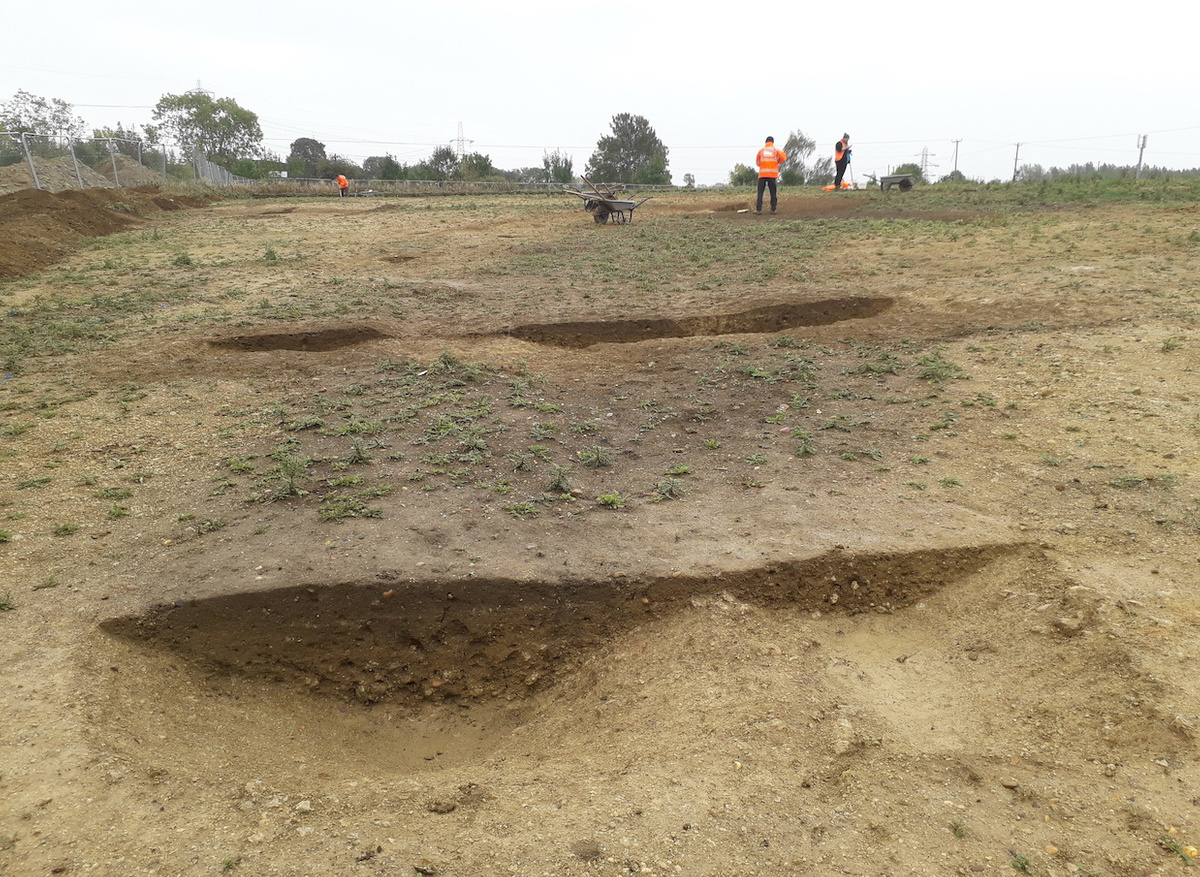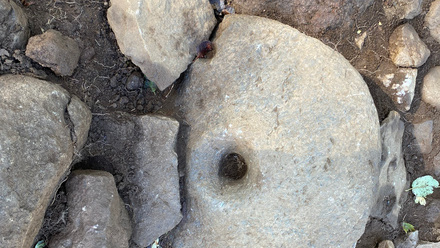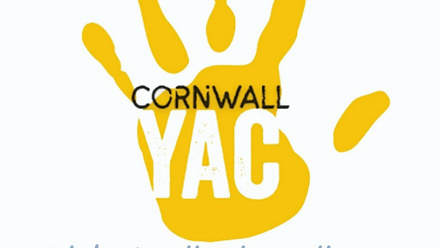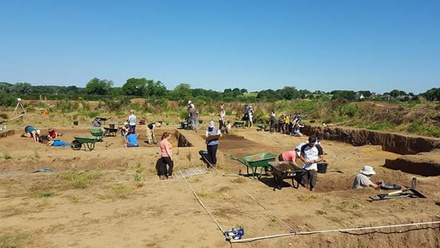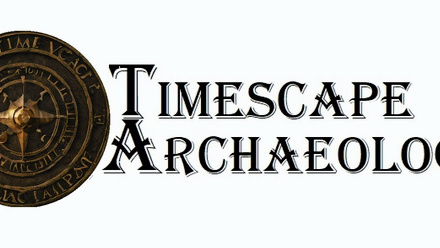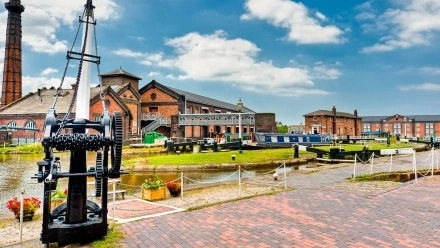There’s no such thing as a typical day in archaeology really. I suppose the closest you might get to typical one is on a long running open area site where you turn up every day at 8am, dig all day, and head home at 4. But even these are changeable.
I’ve been running a large site like this for a few weeks now. We are undertaking a process called strip, map and sample, which is stripping a field ahead of construction development and recording the archaeological landscape that we see there. We finished the stripping last week so now I can give my full attention to the archaeology that we have exposed. My team have been working away on it, each member having been assigned their own grid square to work through.
The day starts with admin, we have a daily briefing, a daily covid reminder/briefing and I detail a daily assessment of the condition of the site, phew. If I have new members of staff on site that is usually when I’ll give the inductions too, so morning admin can keep me busy for ages and it can be past 9am before I even set foot on site. Fortunately, my site team are good and are usually able to grab their tools and crack on with what they are doing.
As the Senior Archaeologist, my job on these large-scale sites doesn’t involve a lot of digging. I act as more of a co-ordinator - ensuring that the site runs smoothly, the features get dug and the paperwork is done. Don’t get me wrong through, if I see the chance to dig a pit I’ll be in there with both hands! But not today. Today we have our burial licence so we can remove the skeleton that surprised us last week. I hate it when they do that, one of the team was just digging away in a ring ditch and a pair of legs jumped out at him. Well they didn’t literally jump, but none of us were expecting them to be there. With no licence we covered everything up and temporarily abandoned the slot. Today’s task is to get the remains fully exposed, recorded and lifted without exposing them to public view. Things are already moving along nicely.
Elsewhere another member of the team has discovered a coin - only one so far, so it’s not technically treasure just yet! Another two team members are digging slots through the same ditch, competing to see who can do it faster. I’ll keep an eye on that, make sure neither of them overdo it, a little competition is fine but not if it breaks people or upsets the archaeology. I point out the excess stores of water we have and make sure they keep up their fluid intake. Another team member has a near complete pot – this is an interesting day! Like with the skeleton we want to document how the pot is exposed and see if we can lift it today. We pinch some bandages from the first aid kit to wrap it in the hope of being able to lift it as a complete item, but no luck. It is too fragile and reluctantly it is packed, in pieces, into finds bags and labelled.
My afternoons are often given over to admin on sites like this. Archaeology generates a lot of paperwork and it’s my job to ensure that all the records are in order. After all, once the site is done, the records are the only evidence for what was here. It is these records that I will use to write up the report and a big site like this can take a year or more to write up. Mistakes are best caught now whilst on site, when the team can amend their own records or we can discuss any changes or questions whilst looking at the feature in question. It can be done later with photos and sections but it is so much easier to catch mistakes or changes in interpretation in the field. If I’m not record checking I’m most likely to be found updating the site plan, our visual record of the site detailing the relationships between features and the key evidence in interpreting the site as a landscape. It’s a lot to deal with and the days can fly by, but I wouldn’t have it any other way.

